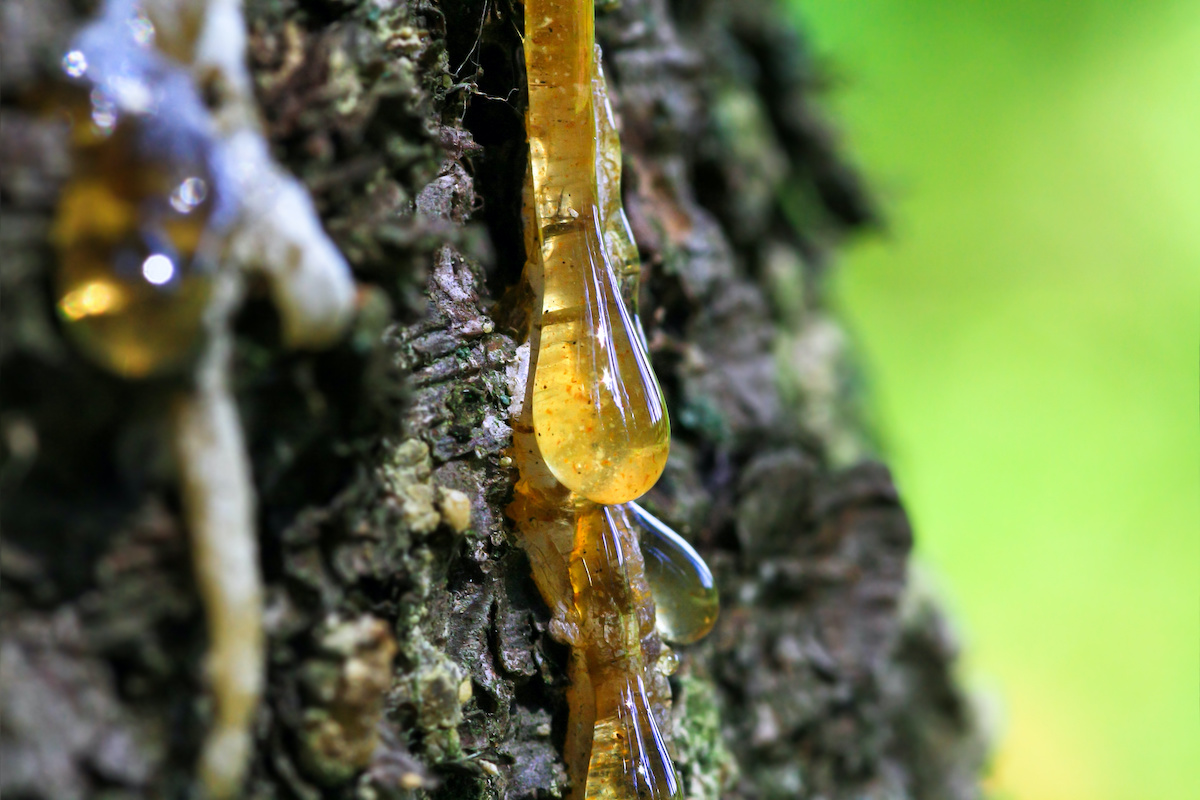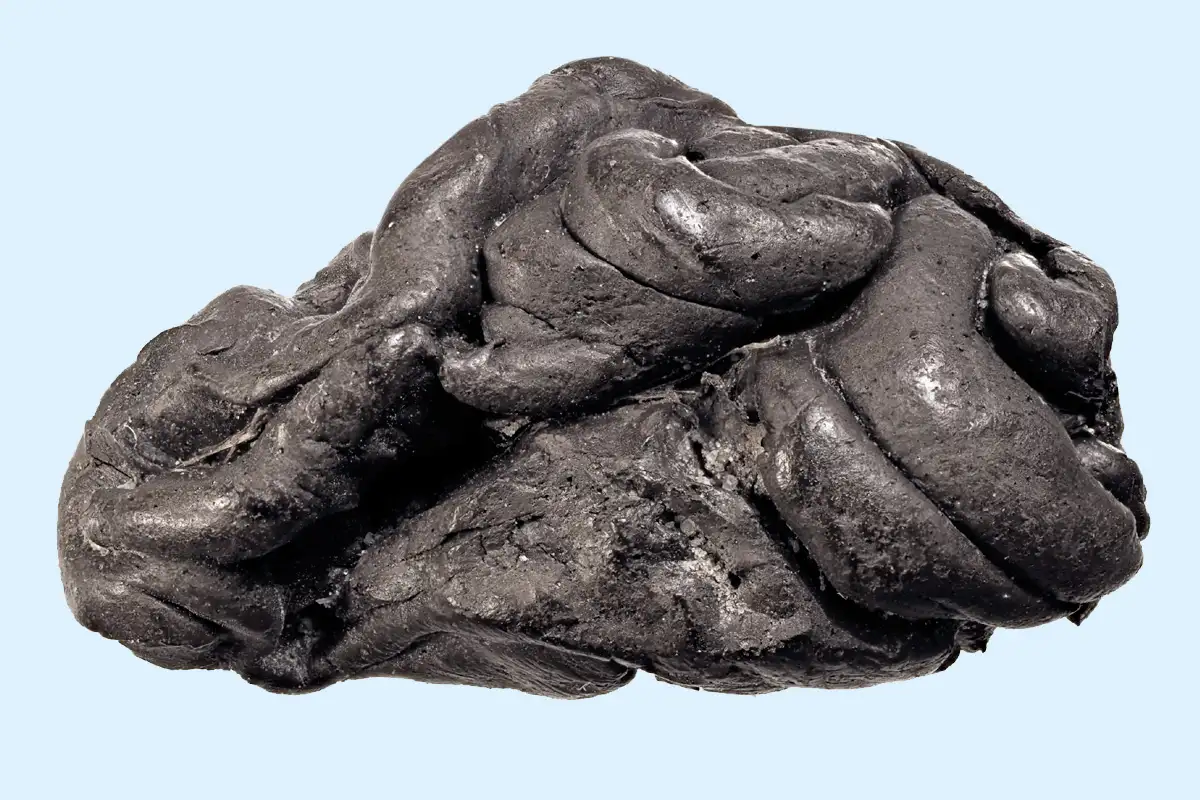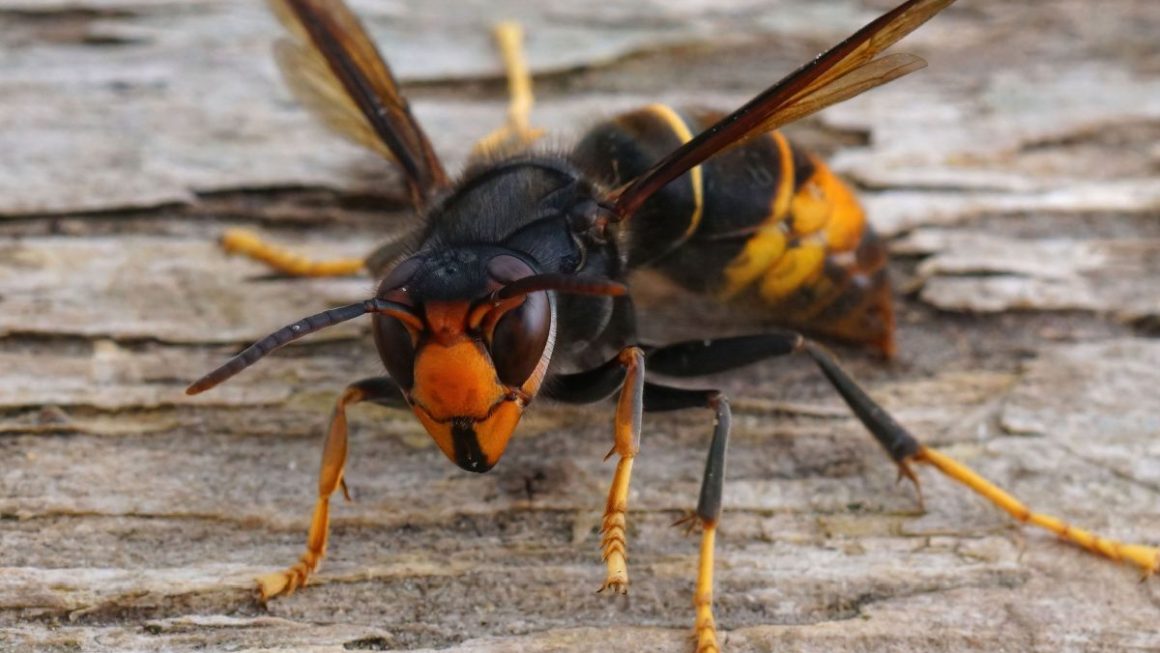A substance made from birch resin allowed an international team of researchers to recover genetic and chemical information from ancient European farming communities
A piece of ancient chewing gum made from birch resin more than 5,000 years ago has provided new insights into daily life and the possible division of labour between men and women in early European agricultural communities.
Genetic analysis of the material, along with other objects repaired with the same substance, enabled an international team of scientists to recover prehistoric DNA from humans and other organisms.
The study was published in the journal Proceedings of the Royal Society B and opens the door to studying how tasks were organised in the Neolithic period.
It was led by Hannes Schroeder and Anna White of the Globo Institute at the University of Copenhagen in Denmark.
The uniqueness of the finding lies in the multifunctional use of birch resin, considered the oldest known synthetic material.
In prehistoric Europe, this substance was used both to glue stone tools and repair pottery and to be chewed like gum.
A Neolithic mystery under analysis
The researchers sought to understand the multiple uses of birch pitch. There was already evidence that communities living in Europe more than 3,500 years ago had produced and chewed birch pitch.
Previous archaeological research had identified pieces of pitch with tooth marks and suggested that people used it for oral hygiene, relief from dental discomfort, or even for social or ritual purposes.
Now, scientists in Denmark have analysed birch pitch artefacts from nine sites in the Alpine area and nearby regions.
The period included lake-dwelling farming communities, between 4300 and 3500 BCE, who inhabited environments conducive to the preservation of organic materials, allowing for detailed study.
The main purpose was to unravel the chemical and genetic composition of these materials, understand the social identity of the users and their technological or dietary practices.
The scientific team combined techniques for analysing organic residues and ancient DNA to gain a more complete picture of the production, consumption and social significance of pitch and the objects in which it appeared.

How science worked with pitch
To carry out the work, the team selected 30 birch pitch artefacts from archaeological sites in the Alps and surrounding areas.
Some of the pieces came from lake settlements where humid conditions favoured preservation. Others came from dry areas in the south of France.
The samples included chewed pieces, stone tools in which the pitch served as an adhesive, and fragments of pottery or wood repaired with the substance. They ranged from practical uses to possible medicinal and hygienic functions.
The analysis included gas chromatography-mass spectrometry (GC-MS), which identified ‘organic compounds characteristic of birch tar,’ and ancient DNA sequencing to detect human, animal, plant, and microbial genetic remains.
The researchers wrote: ‘Twenty-nine of thirty samples provided organic compounds characteristic of birch tar.’
DNA was extracted from 28 samples. Human remains were found in chewed pieces and in some used as adhesive, leading to the conclusion that ‘the presence of human and microbial DNA indicates that the pitch was chewed, in some cases by more than one person.’
Chemical analysis showed that in certain cases, birch pitch was mixed with conifer resin, altering the properties of the adhesive depending on its use.
‘GC-MS analysis identified birch pitch as the main adhesive and also other substances, such as pine resin, used to modify its mechanical properties,’ they said.
By examining plant and animal DNA, the team detected species such as wheat, barley, hazelnuts, peas, poppies, freshwater fish, sheep and wild boar. In this way, dietary and technological practices were linked to hunting, fishing and agricultural contexts.
What the discovery revealed
The scientists suggest that the combined use of chemical and genetic analysis should be expanded in archaeological artefacts, both for technological and dietary and social aspects.
‘The presence of oral microbial DNA alongside human DNA adds information about how it was used and by whom,’ they emphasised.
The work indicated limitations in the preservation of ancient DNA, especially in pieces exposed to heat and post-excavation processes.
As a main conclusion, the research confirmed the diversity of uses of birch tar in Neolithic Europe.
‘This study demonstrates the value of integrating organic residue and ancient DNA analysis to gain insight into the cultural practices of the past,’ they noted.




